Name
Doctor
Brief Introduction
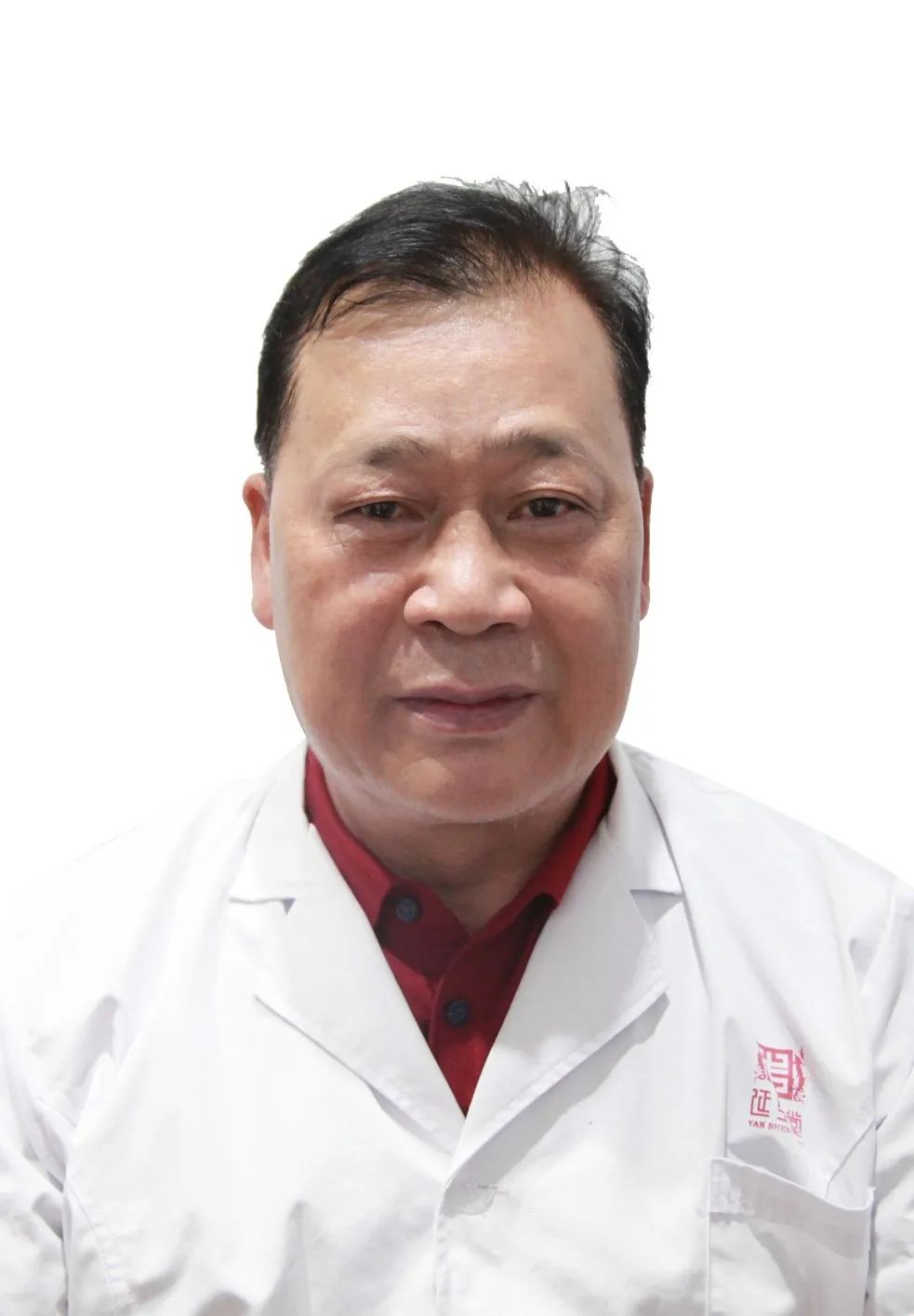
Lu Jiming
Senior TCM Physician
From a family of traditional Chinese medicine practitioners, with over 40 years of experience, specializing in internal medicine, surgery, gynecology, and orthopedics. He has unique treatment and conditioning methods for various conditions such as gastric diseases, hepatitis B, kidney diseases, diabetes, pancreatitis, gout, depression, prostatitis, menstrual disorders, amenorrhea, infertility, menopausal syndrome, breast hyperplasia, cervical spondylosis, uterine fibroids, liver cancer, gastric cancer, and lung cancer.
Consultation Hours at Xueshan Clinic: Monday and Friday mornings, Tuesday afternoons;Consultation Hours at Nantang Clinic: Thursday and Saturday mornings, Monday, Thursday, Friday, Saturday afternoons, and Wednesday, Thursday, Saturday, Sunday evenings;Consultation Hours at Danan Clinic: Wednesday mornings.


Understanding Pulse Diagnosis in Traditional Chinese Medicine
Observation, listening, inquiry, and palpation are collectively known as the four examinations.Pulse diagnosis refers to the method of using the hands to palpate the patient’s body to understand the condition of the illness.
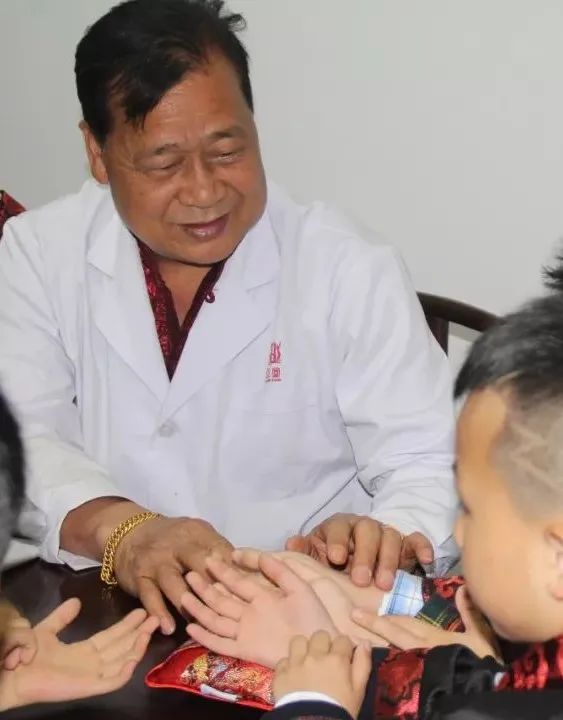
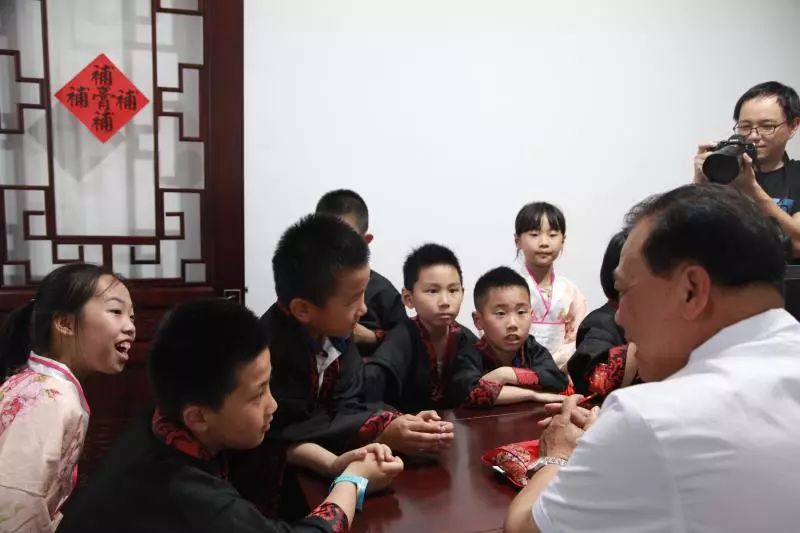
【The image shows Dr. Lu Jiming leading children to experience TCM observation, listening, inquiry, and palpation】
Pulse diagnosis, also known as pulse examination, is a method where the physician uses their fingers to press on the radial artery at the wrist to perceive changes in the pulse, thereby discerning the functional state of the organs and the conditions of qi, blood, and body fluids.Pulse diagnosis has been documented since the Huangdi Neijing (Yellow Emperor’s Inner Canon) and Nanjing (Classic of Difficult Issues), and has been continuously refined over three thousand years, with detailed discussions on the correlation between pulse types and specific syndromes.
Common Terminology in TCM
Chinese traditional culture is an art of imaginative thinking, where ancient people expressed the invisible energy through visible imagery. For example, the energy of heaven and earth is categorized into eight trigrams, which is known as:

In TCM, when assessing bodily ailments, abstract sensations of pathogenic qi are conveyed through concrete imagery. This facilitates the dissemination of the essence of knowledge and reflects an aesthetic approach to life.We have selected several commonly used TCM terms to appreciate the beauty of TCM.
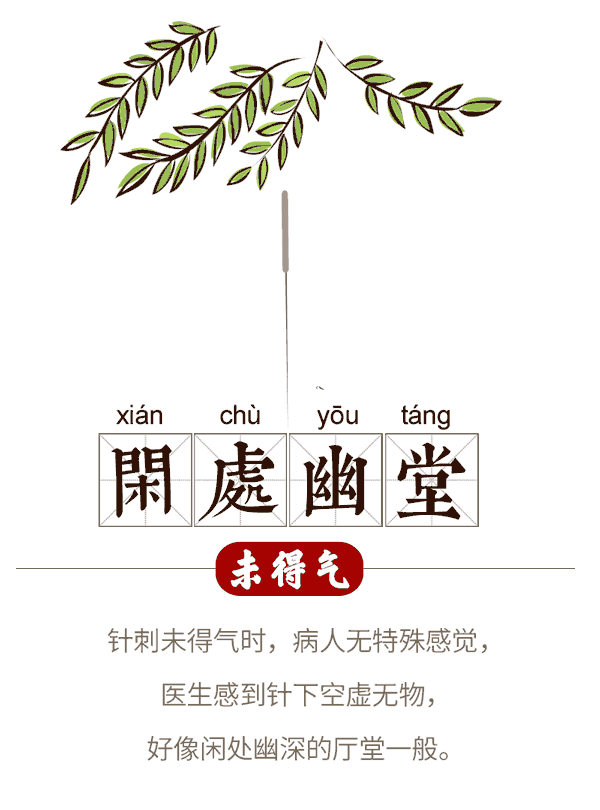
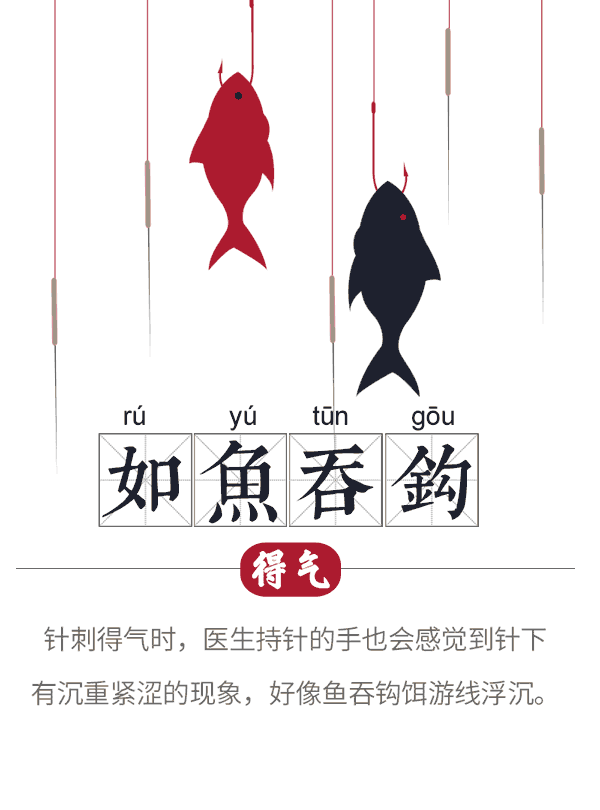
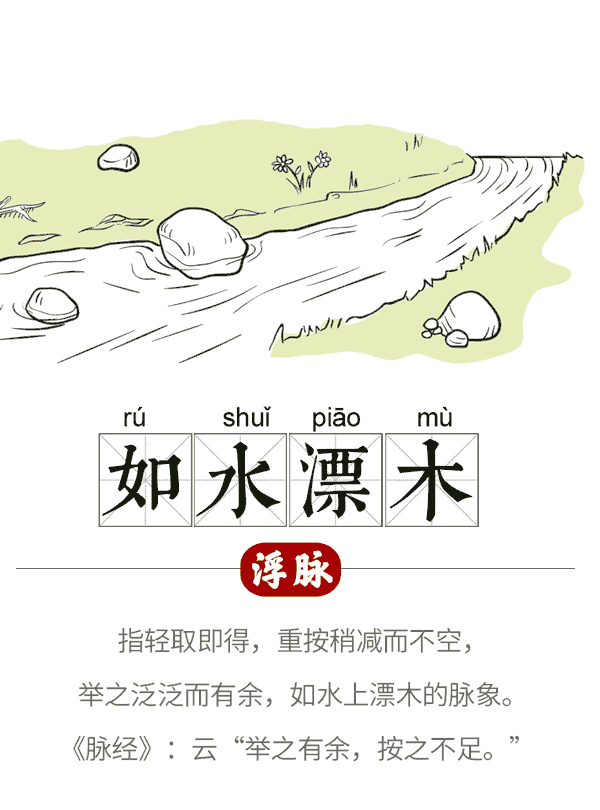
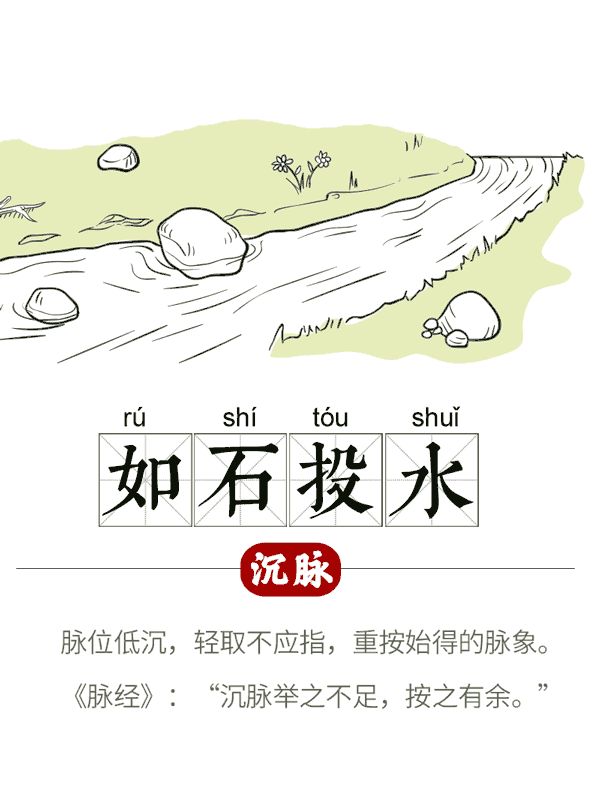
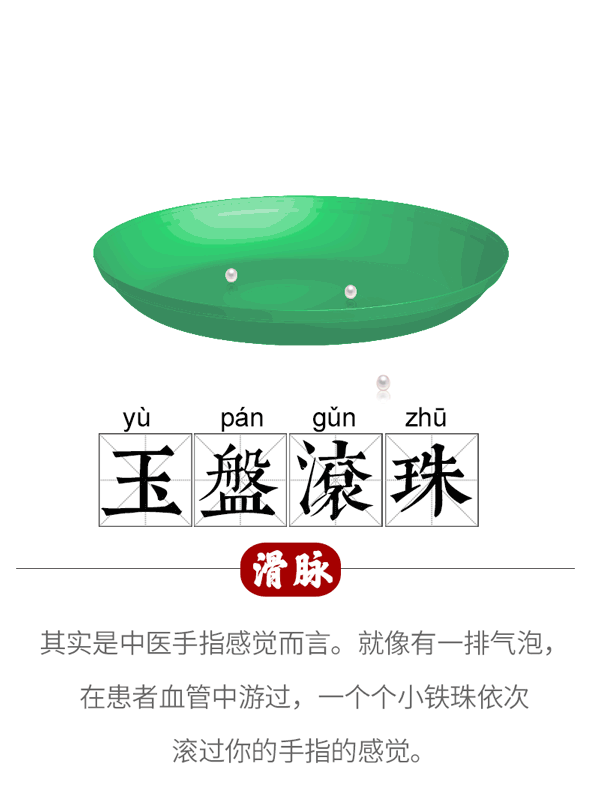
Why can TCM determine a patient’s illness by pressing on the wrist?
Before we begin, we need to clarify two questions: the correct posture for pulse diagnosis and the significance of the positions where the fingers are pressed.Pulse diagnosis is not simply placing fingers on the wrist; finding the correct position is crucial!When pressing down, first place the middle finger on the inner side of the prominent wrist bone (known in TCM as “Guan”), which is called the middle finger’s “Guan” position, then place the index finger at the “Ding” position in front of the “Guan,” aligning it closely with the middle finger, and finally place the ring finger at the “Chi” position behind the “Guan.” The middle and ring fingers should not be tightly pressed together; leave a small gap to feel the pulse.
Why does TCM require both hands for pulse diagnosis?
In TCM, the “Ding” and “Guan” positions of the left hand represent the “Heart, Liver, and Kidney,” while those of the right hand represent the “Lung, Spleen, and Kidney (Mingmen).” Therefore, both hands are needed for pulse diagnosis.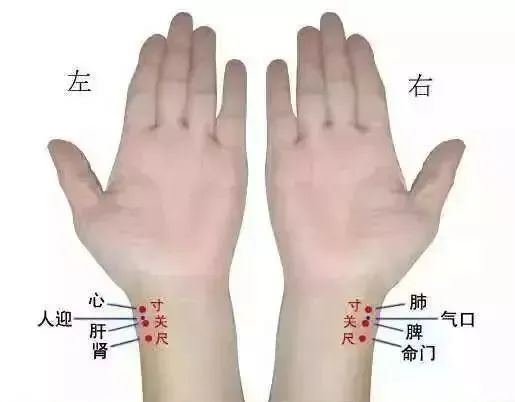 The formation of different pulse types is closely related to the heart, blood vessels, qi, blood, and body fluids. The variations in pulse types reflect changes in heart strength, vessel tension, and the stagnation of qi, blood, and body fluids. Since qi, blood, and body fluids require the cooperation of the five organs to complete their biochemical transport, their stagnation also reflects the functional state of the five organs, thus manifesting in the pulse and forming different pulse types.
The formation of different pulse types is closely related to the heart, blood vessels, qi, blood, and body fluids. The variations in pulse types reflect changes in heart strength, vessel tension, and the stagnation of qi, blood, and body fluids. Since qi, blood, and body fluids require the cooperation of the five organs to complete their biochemical transport, their stagnation also reflects the functional state of the five organs, thus manifesting in the pulse and forming different pulse types.



